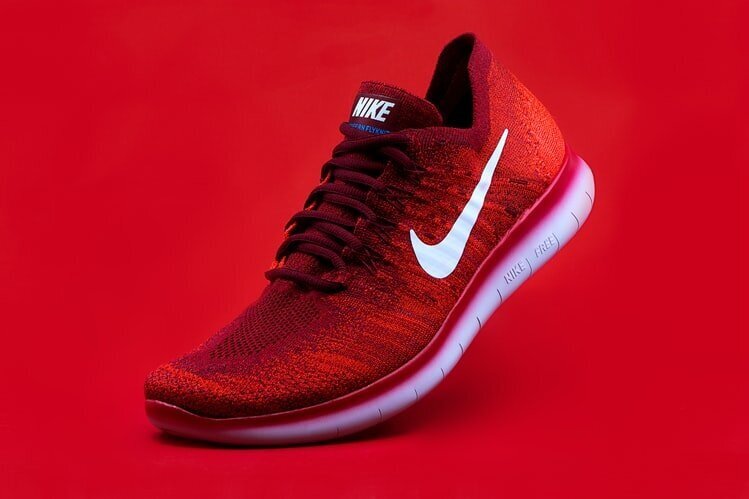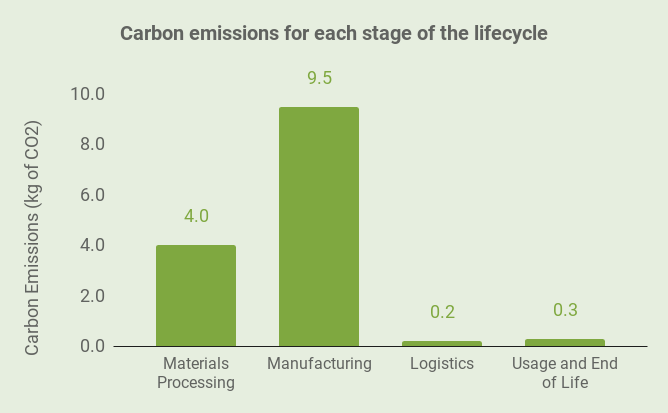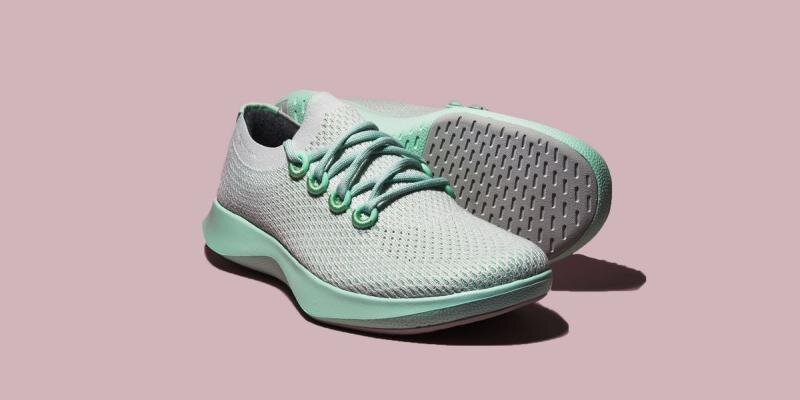How Sustainable Are Sneakers? The Environmental Impact of Sneaker Production
By Rugile Paleviciute
Over the last 5 years the sneaker industry has grown exponentially and shows no indication of slowing down. Current projections anticipate the global athletic footwear market to exceed 95 billion (USD) by 2025, a near doubling from the 2016 valuation (55 billion). According to the World Footwear Yearbook, over 24 billion pairs of shoes are produced annually (primarily under exploitative conditions) with sneakers accounting for the largest share. What are the environmental consequences of the rapidly growing sneaker industry?
The CARBON FOOTPRINT OF SNEAKER PRODUCTION
Sneaker production is exceptionally carbon intensive, accounting for 1.4% of the global greenhouse gas emissions, which is significant given that air travel is responsible for 2.5 percent of all emissions.
A study conducted by MIT in 2013 found that a typical pair of running shoes generates approximately 13.6 kilograms of CO₂ emissions. “Unusually high for a product that does not use electricity or require power-driving components” comments Randolph Kirchain, one of the co-authors of the research. The bulk of these emissions come from manufacturing, which is unsurprising considering the production processes and materials involved.
The majority of sneakers are predominately fabricated from plastic and/or plastic-like materials. All these petroleum-derived plastics (polyester, thermoplastic polyurethane (TPU), polyethylene terephthalate (PET) and ethylene-vinyl acetate (EVA) produce alarming numbers of carbon dioxide.
SNEAKER INDUSTRY DEPENDENCE ON PLASTIC
Why is it so difficult to move away from the use of plastic? Considering that sneakers have to endure much more than a regular pair of shoes, the durability aspect is very important and when it comes to performance, unfortunately, synthetic materials hold up better than natural ones. Plastic has made shoes better, lighter, faster, more comfortable, and more accessible to everyone worldwide. But another thing is that most shoes are made using a combination of different plastics stitched and glued in a very complicated ways making them very hard to recycle. As the author of the National Geographic article said: ‘The limits of plastic recycling are currently quite hard. It takes energy to collect the materials, remake them into their second existence and in many cases, that second life is their last, so recycling extends the process but doesn’t solve the underlying problem.’
What do brands do to address their environmental impact?
“The footwear industry is at least 10 years behind the rest of fashion in terms of human rights and environmental standards,” says Tansy Hoskins, author of the book Foot Work: What Your Shoes are Doing to the World.
7 out of 10 brands are having discussions on sustainability, yet only 40% of companies have a sustainability program in place. Big industry players (such as Adidas and Nike) and some smaller labels (Allbirds, Veja for example) are trying to reduce their carbon footprint in different ways, be it through manufacturing processes or material innovations.
In 2015, Adidas teamed up with environmental initiative Parley for the Oceans to release the first performance shoe with an upper made from marine plastic waste and deep-sea gillnets (fishing nets that are hung vertically so that fish get trapped by their gills); In 2018, Nike was recognised by Textile Exchange as the brand using the most recycled polyester in the industry for the sixth year in a row; from 2010-2018, the brand turned 6.4 billion plastic water bottles into footwear or apparel. Nike is also tapping renewable energy sources for its factories and aiming for carbon neutrality.
A sustainable shoe brand Allbirds has begun offering a carbon footprint count for every shoe in its collection (that info is available to customers online). Compared to a standard pair of men’s running shoes made with synthetic materials, Allbirds’ version produces nearly less than half of the carbon emissions, according to its calculations.
What can we do as consumers?
Considering that close to 25 billion pairs of shoes were produced worldwide in the last year, it is clear that immediate action is essential, not optional. 2020 is a year of a serious change and it is my hope that we will redefine our relationship with fashion and think about the environmental impact of our shopping habits.
Vote with our money for the practices and production that you support, choose brands that use a combination of natural and recycled materials in their production and are committed to reducing their environmental impact. And love our sneakers, like the good friends they are.


